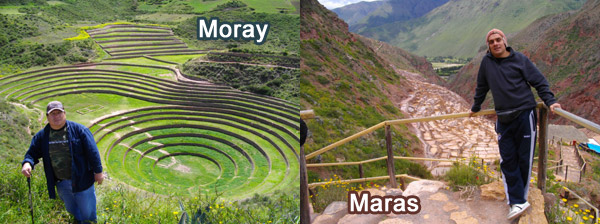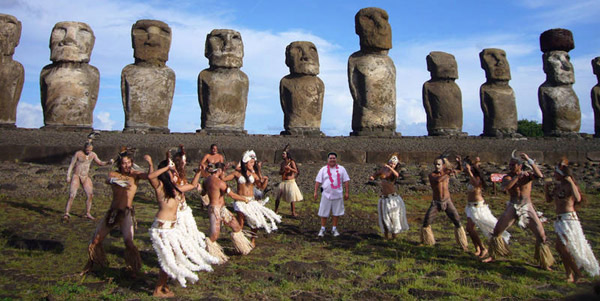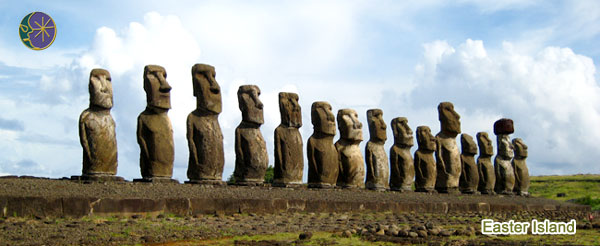
Galapagos Islands, Nazca Lines, Machu Picchu & Easter Island Tour Package 19d 18n



GALAPAGOS ISLANDS - East Itinerary (Ecuador), NAZCA LINES, MACHU PICCHU (Peru) AND EASTER ISLAND (Chile) 19 Days 18 nights
Price per person
Tourist class Hotel 3stars US$ 8846
based on double occupancy
First class Hotel 4stars US$ 9714
based on double occupancy
* The tour budget, can vary according to the availability of flights
Both prices include airfares:
Quito - Galapagos Islands
Galapagos Islands - Quito
Quito - Lima
Nazca Lines overflight
Lima - Cusco
Cusco - Lima
Lima - Santiago de Chile
Santiago de Chile - Easter Island
Easter Island - Santiago
Include:
- 1 night at a Quito hotel and 4 nights on a cruise ship "Galapagos Legend", 3 nights at a Lima hotel, 4 nights at a Cusco hotel, 1 night at a Aguas Calientes hotel, 3 nights at a Easter island
- Vista Dome train: Cusco - Aguas Calientes / Aguas Calientes - Cusco
Itinerary Outline
Day 1 - Wednesday: Arrival to Quito
Day 2 - Thursday: Quito / Galapagos Cruise
Day 3 - Friday: Galapagos Cruise
Day 4 - Saturday: Galapagos Cruise
Day 5- Sunday: Galapagos Cruise
Day 6 - Monday: Galapagos - Quito - Lima
Day 7- Tuesday: Lima City Tour
Day 8 - Wednesday: Nazca Lines - full day
Day 9 - Thursday: Cusco, City Tour
Day 10 - Friday: Valle Sagrado
Day 11- Saturday: Machu Picchu
Day 12 - Sunday: Machu Picchu
Day 13 - Monday: Maras and Moray - Walking in Cusco
Day 14 - Tuesday: Cusco to Lima
Day 15 - Wednesday: Lima to Easter island
Day 16 - Thursday: Easter island
Day 17 - Friday: Easter island
Day 18 - Saturday: Easter island
Day 19 - Sunday: Easter island to Lima
* Departures: Wednesday (Galapagos Legend)

DAY 1 Wednesday - QUITO PICK UP
Upon arrival in Quito, reception and transfer to the select Hotel - overnight (no meals)
DAY 2 Thursday - Galapagos (Baltra Airport)
Departure from Quito or Guayaquil to Baltra (aprox. 2 and half hour flight). Passengers will be picked up at the airport by our guides and taken to the pier to the M/VGalapagos Legend.
Bartolomé
Dry landing. Passengers will see volcanic formations like lava bombs, spatter, and cinder cones. After a hike to the summit you’ll be impressed by the view of the surrounding islands, including the eroded tuff cone of Pinnacle Rock.
During the hike to the summit, travelers will often see colonies of marine iguanas, lava lizards, tiquilla, and various cacti.
Visitors will be able to snorkel and see the Galapagos penguin, sea turtles, and white tipped sharks from a safe distance.
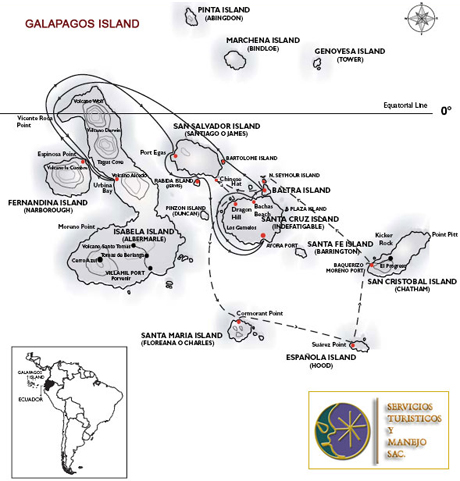
DAY 3 Friday - Urbina Bay (Isabela)
Wet landing. Passengers will visit the fossil beach and coral area. Depending on the season you may be able to observe giant tortoises, land iguanas and flightless cormorants. After the walk we will have time for snorkeling.
Fernandina (Espinosa Point)
Dry landing. Visitors will see the biggest marine iguanas mingling with Sally lightfoot crabs, as well as flightless cormorants nesting sites, Galapagos penguins, Galapagos hawks, and sea lions.
Among the flora and volcanic formations observers will spot brachycereus cactus, and “pa-hoe-hoe” lava and “AA” lava formations. Numerous mangrove beds extend into the sea.
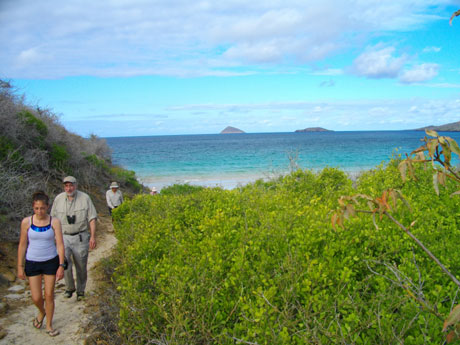
DAY 4 Saturday - Santiago (Egas Port)
Wet landing on a dark sand beach. Most of the landscape is tuff-stone layers and lava flows. You can observe hunting herons, great blue herons, lava herons, yellow crowned night herons and oyster catchers.
Passengers will see marine iguanas grazing upon algae beds alongside red Sally lightfoot crabs. There is a colony of fur-seals swimming in deep pools of cool water.
Here you can swim and snorkel and find octopuses, sea horses, star fish.
Rábida (Jervis)
Wet landing. The volcano-formed beach is dark red and frequented by sea lions. It’s considered the geographic center of Galapagos because it has the most diverse volcanic rocks on the Islands.
You’ll hike to a salt water lagoon, where flamingos can sometimes be found.
July through September is a good time to observe brown pelicans nesting in the salt bushes. Boobies and 9 species of Darwin’s finches can also be observed.
You can take a dinghy ride by the reefs, as well as snorkel.
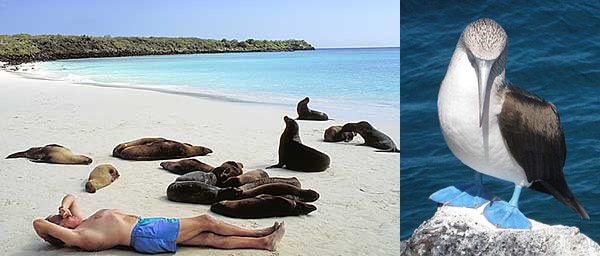
DAY 5 Sunday - Santa Cruz (Charles Darwin Research Station)
Travelers will visit the Charles Darwin Research Station, staffed with international scientists conducting biological research and conservation projects. Here you can admire the giant tortoises that are part of the breeding program.
Visitors can also admire the prickly-pear cactus forest and many land birds. Later on, you’ll have some free time to walk around town and shop for souvenirs.
Santa Cruz (Highlands)
Travelers can trek through the highlands of Santa Cruz and visit Cerro Chato, where you’ll be able to observe the famous giant tortoises.
Additionally, travelers can walk inside the dormant lava tubes.
Day 6 Monday - Santa Cruz (Bachas Beach) / QUITO TO LIMA
Wet landing. This beach is located on north side of Santa Cruz Island.
Here you will encounter many sea birds, marine iguanas, sea turtles, and have the opportunity to swim on the white sand beach.
Return to the Galapagos Legend, check out and transfer to the Baltra’s airport. Return flight to Quito, then you will take your Flight to Lima. Upon arrival reception and transfer to the select hotel (B)
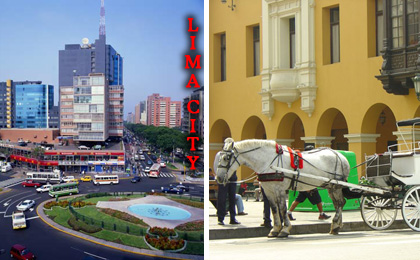
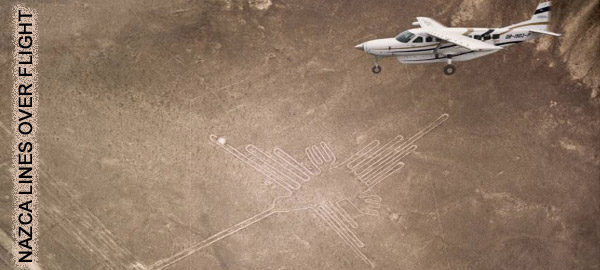
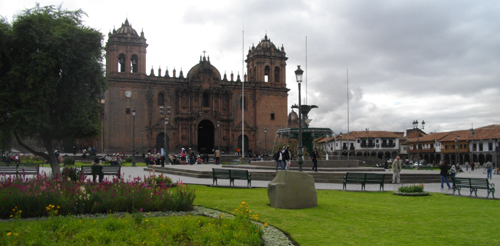
Day 11 Saturday - MACHU PICCHU 2days 1 night by train
Early morning 5:30am and after breakfast, we'll depart to the train station to our journey to Machu Picchu on Vistadome Train (4 hours) at 9:40am you will arrive to the Aguas Calientes Town from where you will go by bus to the Archeological site (20 minutes); Once there where you will have a guided tour with an English speaking professional guide follow by some time at leisure. You can stay in the area or relax in the hot springs near the Aguas Calientes town (entrance to hot springs not included) Overnight in your Hotel (breakfast included)

Day 12 Sunday - MACHU PICCHU - CUSCO
Morning at leisure to explore by your own, you can visit the citadel early when the full magnificence of the site reveals itself in all its majesty, you will have the option to hike up to Huaynapicchu, the pyramid-shaped peak that overlooks Machu Picchu (entrance and bus fee for this day not included on the rate) return to Cusco where you will arrive around 7:30pm. (breakfast included)
